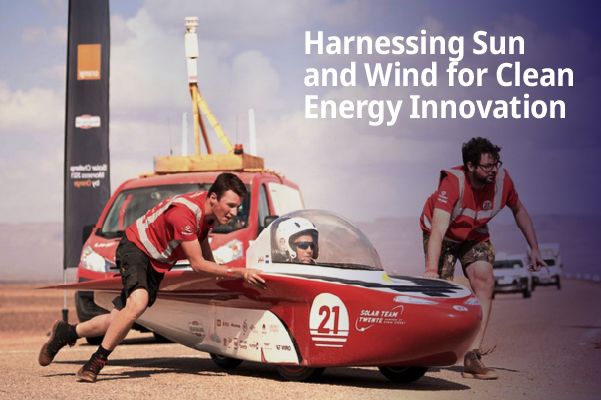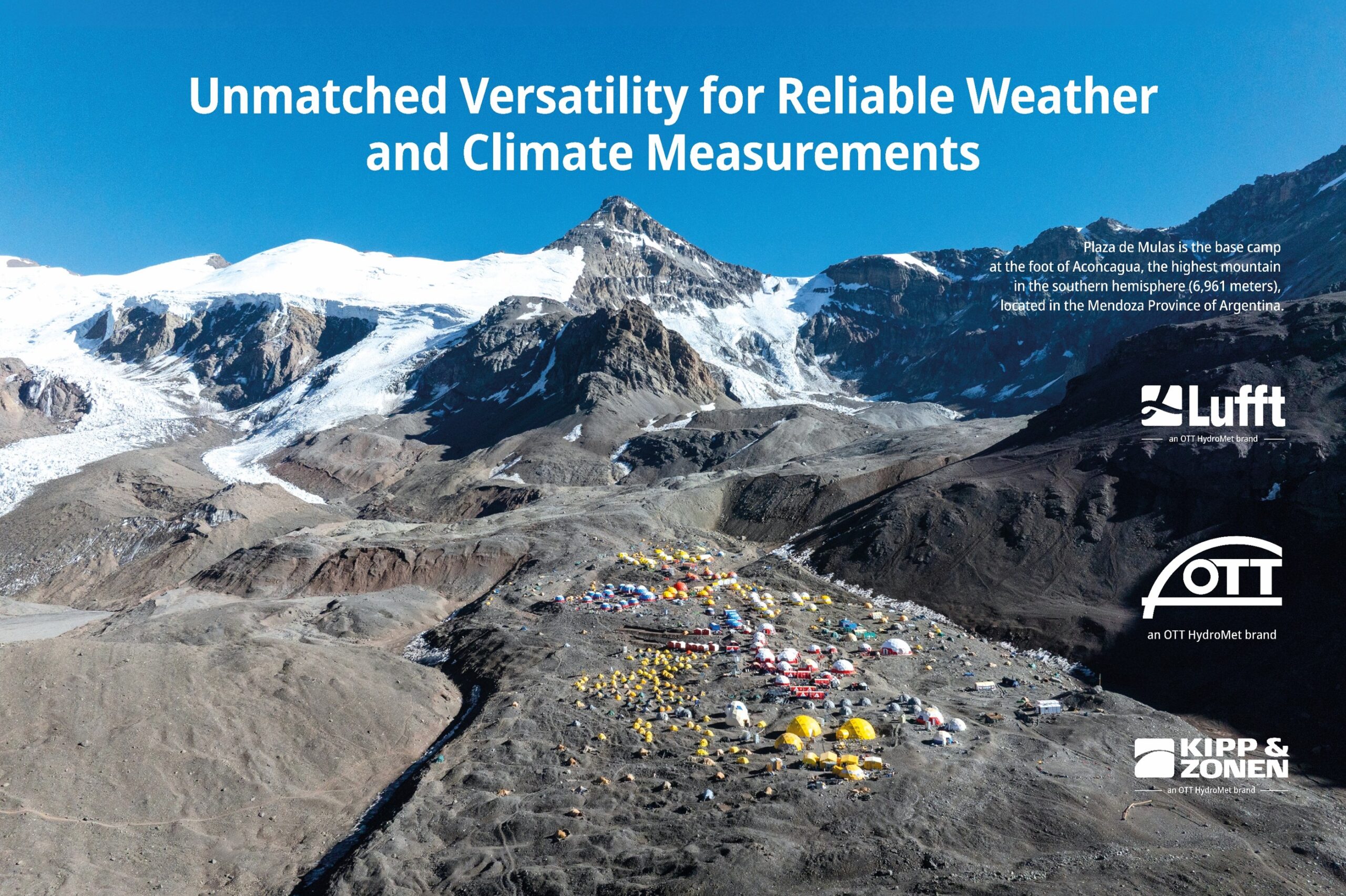The art of divination has a rich history. If nothing else, they wanted to predict the weather. Even then, environmental disasters such as hurricanes or earthquakes claimed a high death toll. Floods, hail, and droughts threatened the agricultural economy.
(Photo-Credit: wajan – Fotolia.com)
The art of divination has a rich history. Even thousands of years ago humanity endeavored to look into the future and predict future events. Divination is found in all societies and eras from which there are written records. As early as 3000 BC, people engaged in a variety of practices to interpret divine instructions.
If nothing else, they wanted to predict the weather. Even then, environmental disasters such as hurricanes or earthquakes claimed a high death toll. Floods, hail, and droughts threatened the agricultural economy. Will the winter be rather mild or can deep sub-zero temperatures be expected? Anticipating environmental conditions was essential to survival.
It is hardly different in the 21st century. Weather still has power over life and death and wreaks utter chaos. Hurricanes rage across the land and devastate the area. Harvests are ravaged by hail storms. Floods submerge endless cellars. Storms topple trees onto roads. There is one thing, however, that has changed.
Nowadays, instead of divine instructions, man relies on modern technology. Devices in the field of measurement and control technology allow reliable weather change predictions. Thanks to accumulated weather data, we can anticipate severe changes in time and make the necessary arrangements and preparations.
Weather stations designed to capture multiple data sets simultaneously are especially suited to this task. The compact weather station WS600-UMB by LUFFT has proven itself in this field in recent years. The station, thanks to its numerous sensors, is a true all-rounder. It measures air temperature and barometric pressure, relative humidity, precipitation intensity, type and quantity, as well as wind direction and speed.
Strong shifts and weather conditions are not a problem for LUFFT products. The devices are exposed to very high stresses for testing purposes in order to provide reliable results even in extreme situations. The Ventus-UMB ultrasonic wind sensor was validated in recent months, for example, on the Swiss La Dole, a 1,677-meter mountain. (To the study) Moreover, it also passed the UL certification, which is required for the U.S. market, and will be marketed under this brand starting in August. (to the UL-certification)
That means unexpected weather changes are a thing of the past.



